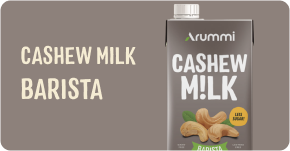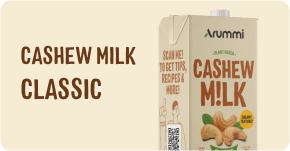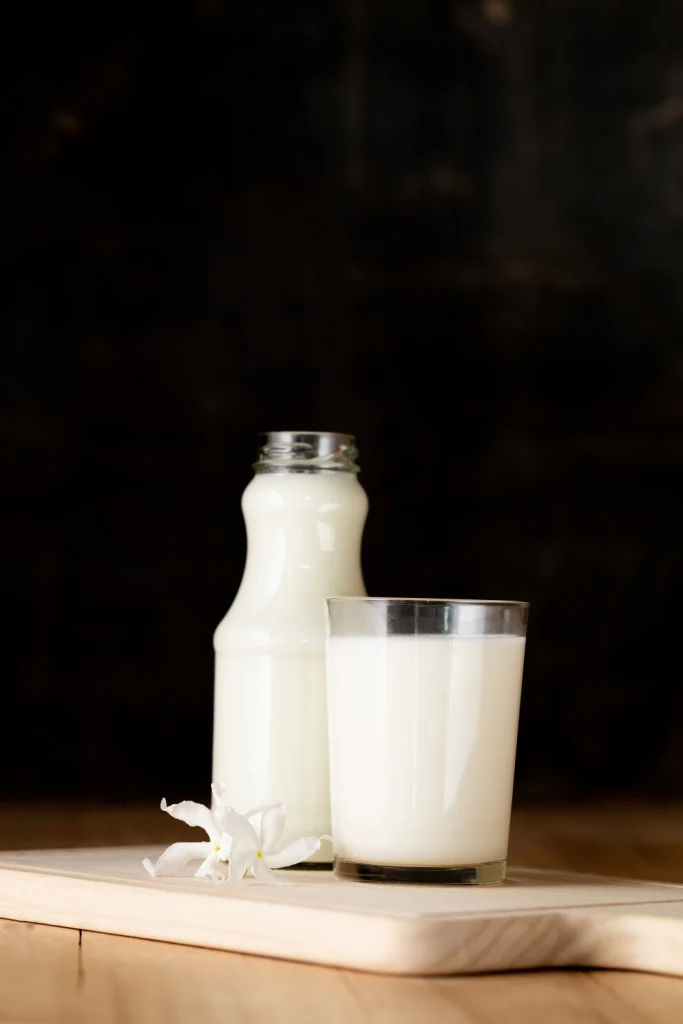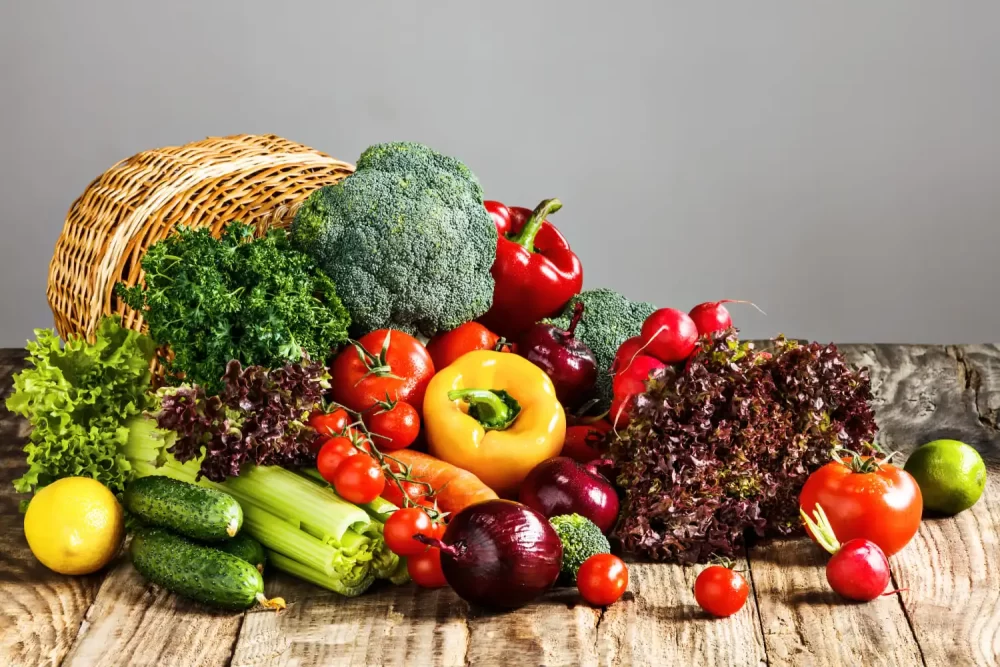Cow’s milk allergy and lactose intolerance are two different types of diseases. Even though the symptoms are almost the same, cow’s milk allergy and lactose intolerance have other causes. This article discusses the differences between cow’s milk allergy and lactose intolerance.
What are Cow’s Milk Allergy and Lactose Intolerance?
In normal conditions, our body has lactase enzymes. This enzyme breaks down lactose into simple sugars, namely glucose and galactose in the small intestine, which the body uses to form energy.
However, the body does not produce the enzyme lactase sufficiently in people with lactose intolerance.
Lactose intolerance is a digestive disorder characterized by the inability of the intestine to digest lactose.
This makes the small intestine unable to break down lactose into simple sugar so that it will be carried into the large intestine.
As a result, the lactose will be fermented by bacteria in the large intestine and turn into gas, which triggers digestive disorders.
In contrast to lactose intolerance, milk allergy is not influenced by the production of certain enzymes but rather due to a malfunction of the body’s immune system in identifying milk protein as dangerous.
This then triggers the immune system to produce immunoglobulin E (IgE) antibodies to neutralize this protein.
When milk protein is detected, IgE antibodies will recognize it and signal to release histamine and other chemicals, which ultimately cause allergy signs and symptoms.
Cow’s Milk Allergy vs Lactose Intolerance
Lactose intolerance is often characterized by diarrhea, flatulence, stomach sounds, nausea and vomiting, and frequent gas passing after consuming foods or drinks containing lactose, such as milk or processed products.
Each lactose intolerant sufferer can experience different symptoms. The severity of symptoms also depends on how much lactose is consumed.
Symptoms usually appear 30 minutes to 2 hours after consuming food or drinks containing lactose.
Meanwhile, milk allergies occur due to the immune system’s reaction to the proteins found in milk.
Milk allergies cause digestive tract disorders, shortness of breath, and a red, itchy rash.
This is because allergies involve immune system processes while lactose intolerance does not.
How to Treat Cow’s Milk Allergy?
In the case of cow’s milk allergy, it is best to avoid foods that contain cow’s milk protein.
This is not a problem for children who consume breast milk, this is not a problem, but mothers should avoid foods containing cow’s milk protein.
One way is to choose formula milk that contains and is specially processed for babies with milk allergies. You can consume milk that has hydrolyzed protein content.
Examples of this type of milk are EHF (extensively hydrolyzed formula) and AAF (amino acid-based formula) milk.
EHF milk is formula milk that still contains some cow’s milk protein, but the protein has been broken down, so it is safer for babies with cow’s milk allergies.
Meanwhile, AAF milk is formula milk containing particular amino acids that have a different chemical structure from the amino acids from cow’s milk, so it is safe for babies who are allergic to cow’s milk.
Several studies state that the protein content specially processed in EHF and AAF milk types has a lower risk of causing allergic reactions. Thus, this formula milk is safe for consumption by babies with cow’s milk allergies.
Milk containing EHF and AAF is also known to be suitable for babies who suffer from lactose intolerance.
These two ingredients are considered capable of helping the baby’s digestive system to absorb and digest the nutrients that enter their body.
In some instances, milk allergy can cause serious complications, namely anaphylaxis. This condition is hazardous and needs to be treated immediately by a doctor.
Therefore, immediately take your child to the doctor if he shows symptoms of anaphylaxis, such as swelling of the eyelids and lips, shortness of breath, or fainting after consuming milk.
How to Treat Lactose Intolerance
For lactose intolerance, it is recommended to regulate milk consumption in small amounts to control exposure to lactose.
In other dairy products, such as cheese and yoghurt, the lactose content is lower due to the fermentation process by lactic acid bacteria. You can also consume milk with less lactose or none at all.
If symptoms of lactose intolerance, such as diarrhea, occur, the child should not become dehydrated and should be given enough fluids so that diarrhea does not cause other problems.
Know the Differences Between Cow’s Milk Allergy and Lactose Intolerance
If the child shows symptoms or signs that suggest cow’s milk allergy and lactose intolerance, immediately consult a doctor or related medical personnel to carry out treatment according to the correct diagnosis.
Always choose the right product to avoid unwanted symptoms! For example, you can drink Arummi cashew drink as an alternative.









































